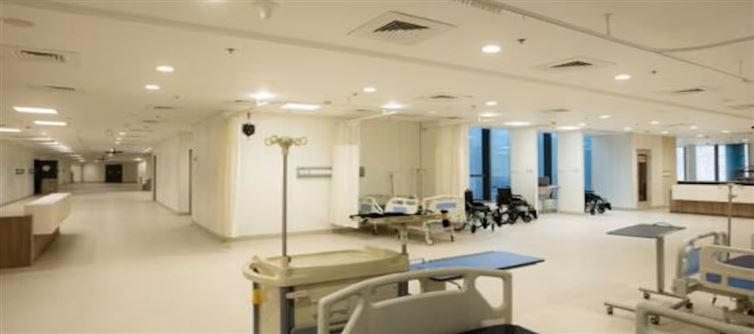
Here’s why:
1. Cartels by Design
Government policy doesn’t encourage competition; it creates cartels. A handful of big hospital chains dominate, shielded by red tape that keeps smaller players out. With limited choices, patients are trapped.
2. Licensing and Harassment
Opening a small clinic or modest hospital is a bureaucratic nightmare—endless licenses, land approvals, safety clearances, and inspections that often double up as extortion. Instead of encouraging doctors to set up affordable facilities, the system drives them away.
3. Restricted Alternatives
India has strong traditions of Ayurveda, Siddha, Homeopathy, and a growing pool of foreign-trained doctors. Yet, regulation either sidelines them or makes practice impossible. Patients are denied cheaper and often effective alternatives.
4. Taxes on Equipment
Critical medical equipment—from MRI machines to ventilators—faces heavy import duties. This artificially raises treatment costs, ensuring hospitals pass the burden on to patients. In many countries, such equipment is tax-exempt to keep healthcare affordable.
5. Insurance Tilted to Big Players
Health insurance in india is designed to benefit large hospitals. Policy rules recognize and reimburse procedures in big chains, but often exclude smaller clinics. This skews patient demand towards expensive institutions, reinforcing their monopoly.
The Result: Patients Pay the Price
With barriers to entry, restricted alternatives, and skewed incentives, private hospitals enjoy a free hand. They can overcharge, push unnecessary tests, and inflate bills without fear of competition or regulation. Meanwhile, government hospitals remain underfunded, leaving the middle class and poor at the mercy of profiteers.
The Way Out
Real reform lies in breaking the cartel. Open the sector to all qualified practitioners, ease licensing for small hospitals, slash import duties on equipment, and redesign insurance to cover affordable care. When patients have choices, prices fall and quality rises.
Until then, private hospitals will remain less about healing and more about harvesting—of wallets, not just patients.




 click and follow Indiaherald WhatsApp channel
click and follow Indiaherald WhatsApp channel